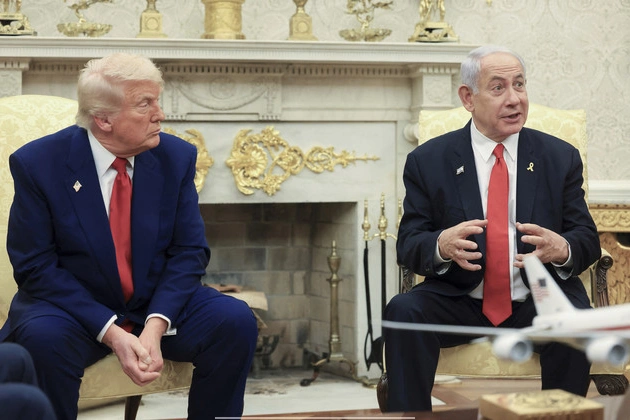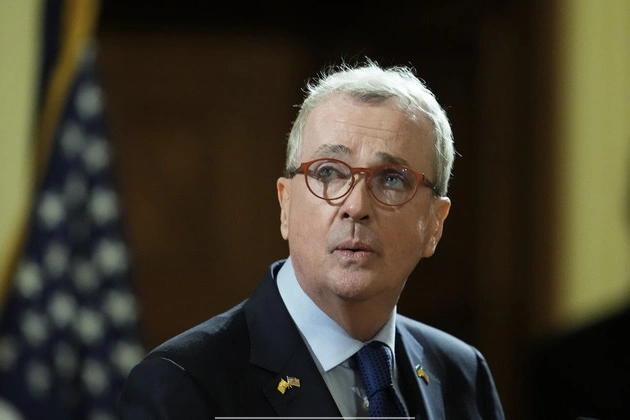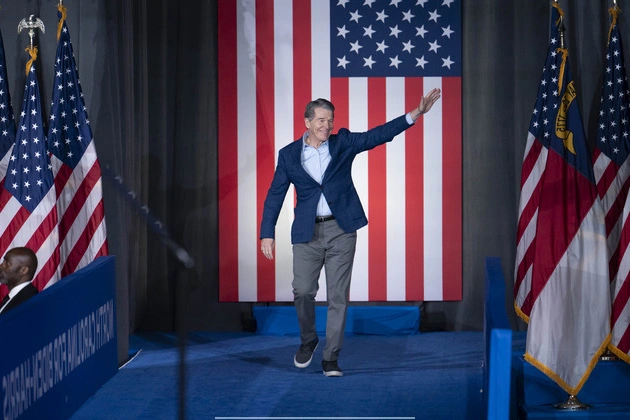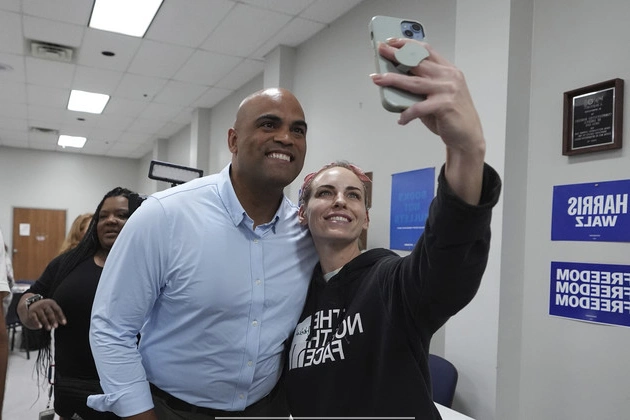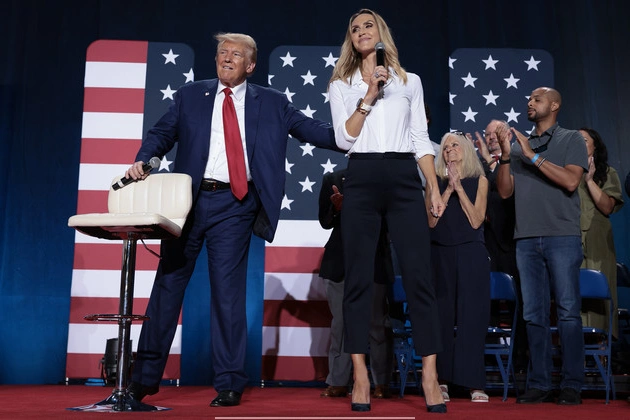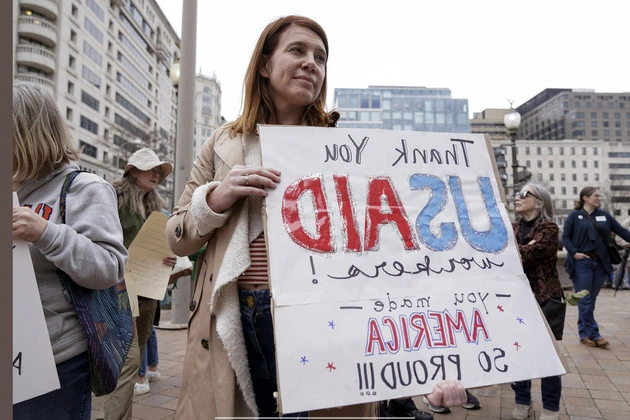
An appeals court ruling on Friday upheld a California-based judge’s order that prevents the Trump administration from downsizing the federal workforce. This decision effectively keeps the Department of Government Efficiency-led cuts on hold for the time being.
Significant Impact on Critical Sectors
A split three-judge panel from the U.S. 9th Circuit Court of Appeals determined that the downsizing could have far-reaching consequences on vital areas such as the nation’s food-safety system and veteran health care. As a result, the downsizing will remain paused while the legal proceedings unfold.
Legal Authority and Worker Rights
While the majority of the panel supported maintaining the injunction, one dissenting judge argued that President Trump likely possesses the legal authority to downsize the executive branch. However, there are separate avenues available for workers to challenge such actions.
The Trump administration had sought an emergency stay on the injunction issued by U.S. Judge Susan Illston in response to a lawsuit filed by labor unions, cities like San Francisco and Chicago, and the organization Democracy Forward.
Continued Legal Battles
Despite the recent appeals court decision, the Justice Department has appealed Judge Illston’s ruling to the Supreme Court. This move is part of a series of emergency appeals contesting the perceived overreach of federal judges.
Illston’s order raises questions about the lawfulness of the administration’s efforts to reduce the federal workforce.
Government Restructuring and Workforce Changes
President Trump’s administration has emphasized its mandate to reshape the federal government, appointing billionaire Elon Musk to lead this transformation through the Department of Government Efficiency.
Notably, a significant number of federal employees have either been terminated, participated in deferred resignation programs, or been placed on leave. While official figures on job cuts are unavailable, over 75,000 federal employees opted for deferred resignation, and numerous probationary workers have already been dismissed.
Judge Illston’s order instructs multiple federal agencies to refrain from implementing the president’s workforce executive order from February and a subsequent memo issued by the Department of Government Efficiency and the Office of Personnel Management.
Legal Perspectives and Presidential Authority
Illston, appointed by former President Bill Clinton, underscored in her ruling that presidents can initiate comprehensive changes within federal agencies, but only with congressional cooperation.
Government attorneys argue that the executive order and memo outlining personnel reductions and reorganization provide general guidelines for agency decision-making.







